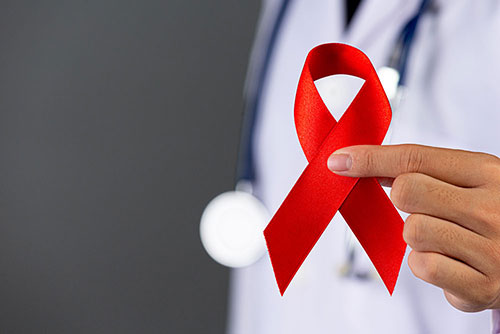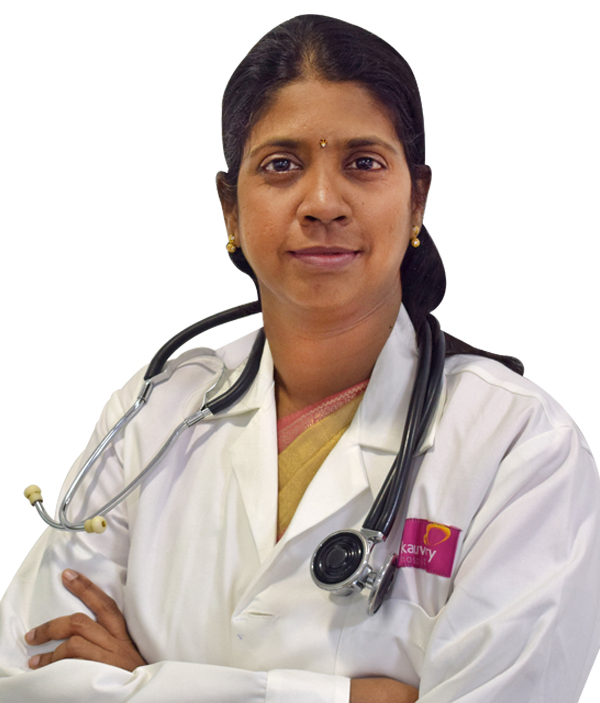End of AIDS Epidemic
Human HIV infection very likely originated from Africa in the 1920s when it crossed species from chimpanzees to humans. Though it was prevalent for the next 50 years and was probably around in all the continents, it was discovered only when the current epidemic started in the US and Europe around the 1970s- 80s. By this time, more than 1 lakh people were already infected with an unimaginably high mortality. In fact, the virus was isolated in view of severe immunodeficiency and infections/cancer in the gay population in the late 70s and early 80s. By 1983, Pasteur Institute isolated Human Immunodeficiency Virus and by the end of the same year the various routes of transmission – sexual, blood borne and materno-fetal were identified. Retroviral infection was so much of a rage by then that private sex clubs were closed in the US and needle and syringe programme was started in Amsterdam.

By 1985, the first test kit was available and by the end of that year most regions of the world identified the virus. The virus was named Human Immunodeficiency Virus by 1986 and the first drug for AIDS, Zidovudine was approved in 1987. During the late 80s and early 90s the white world was seized with paranoia and discrimination against HIV patients. Gays were discriminated, patients were not allowed into certain hospitals, travel restrictions were put up for infected patients and much more. World AIDS Day on December 1st and the Red Ribbon Program were all started to raise awareness about HIV/AIDS. Despite all these, only after few heterosexual VIPs succumbed to the illness and donated for awareness, did the scenario in US turn around. HIV/AIDS is treated like any other infection nowadays.
Africa faced the worst epidemic. There was a period when an entire generation of young adults was literally wiped out, with children being taken care of by their grandparents. Poor health infrastructure, social stigma, urbanisation, low status of women in the society, political instability, etc. all pushed the epidemic to grave proportions. It took quite a bit of effort by the WHO, national and international agencies to stabilise the epidemic.
India was predicted to follow a similar curve. Though HIV infection was identified in India by 1986, we were apathetic to it till 1992 when the National AIDS Control Organisation was set up. India has the third-largest number of HIV patients in the world, around 2.1 million people. This accounts for around 0.2% of the adult population, which is less compared to most middle-income countries. India’s HIV epidemic has been reversing in the last 20 years. New infections have decreased by 30% and HIV-related deaths by more than 50%. WHO has applauded our results. This has happened in our disparate, tradition-obsessed society just because India took up the AIDS problem through “human rights” based approach. HIV testing is still with informed consent and no health care professional can deny treatment to a HIV patient. Employment/social discrimination is legally punishable. Multisectoral partnership and free and effective treatment without health care discrimination is showing the sustained results we are seeing now.
We are seeing a sustained fall in numbers. It will further fall and stabilise at a specific level. Continuous social and political support without stigma is the only way to end this epidemic.

Dr. Vijayalakshmi Balakrishnan
MD., DNB., DTM&H., MRCP(UK)., FRCP(Glas)., FRCP(Edin)
Senior Consultant in Infectious Diseases
Kauvery Hospital, Chennai

